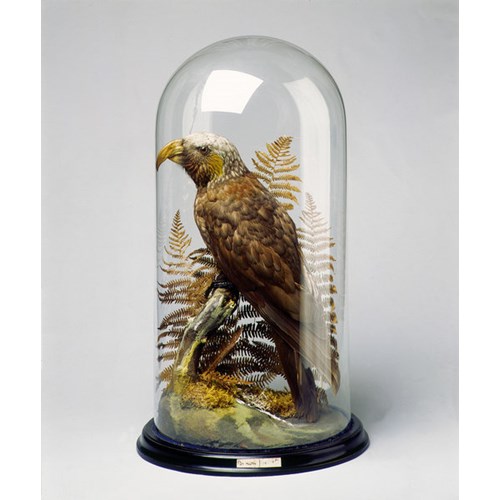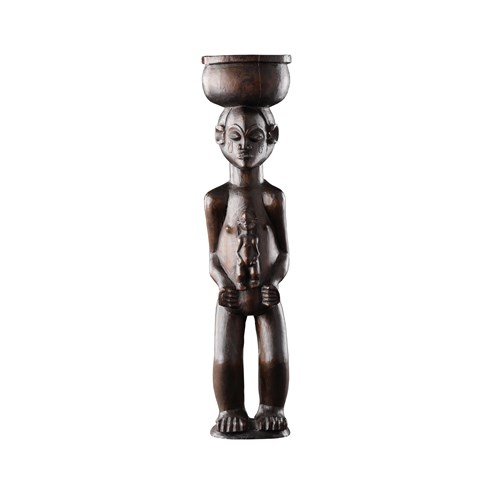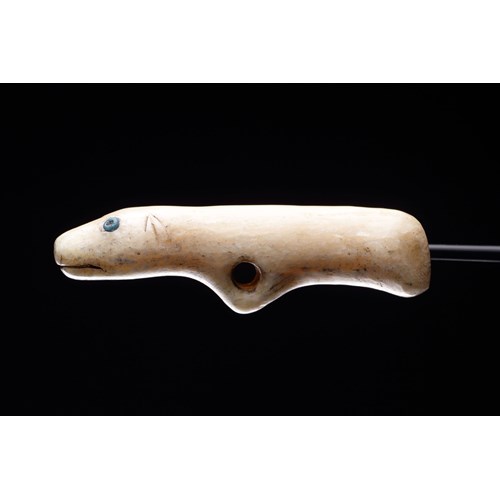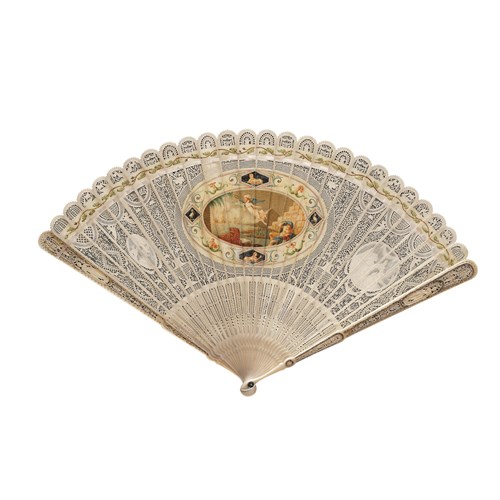A Very Rare ‘Testicle’ Pendant
Epoque 1750-1850
Medium Sperm whale tooth, Whaletooth, whale-tooth
Dimension 3.5 x 4 x 2 cm (1³/₈ x 1⁵/₈ x 0³/₄ inches)
From a necklace
Creamy patina from wear, wear to suspension hole
Whale-Tooth
Austral Islands
18th - Early 19th Century
SIZE: 3.5cm high, 4cm wide, 2cm deep - 1⅓ ins high, 1½ ins wide, ¾ ins deep
Epoque: 1750-1850
Medium: Sperm whale tooth, Whaletooth, whale-tooth
Dimension: 3.5 x 4 x 2 cm (1³/₈ x 1⁵/₈ x 0³/₄ inches)
Provenance: Christies, Tribal Art, 23rd March 1996
Ex Private English collection
Literature: Pendants of this type are among the rarest and most sought after of all Polynesian artefacts. A small number of complete necklaces survive and a number of pendants either from once complete necklaces or maybe used as ear pendant’s also exist. In an official account from Captain Cook’s final voyage it was noted on Atiu, one of the southern Cook Islands: ‘Some, who were of a superior class, and also the Chief’s, had two little balls, with a common base, made from the bone of some animal, which hung round the neck, with a great many folds of small cord’;Cook, 1784.
William Wyatt Gill of the London Missionary Society noted that such objects were worn as ear ornaments by the chiefs of Mangaia, the southernmost of the Cook Islands; Gill,1894. E.L.Gruning, who lived in the Cook Islands from 1905 to 1914, carried out an exploration of Atiu during which he had himself lowered into a cave of unknown depth at the end of a makeshift ‘liana’ rope. His courage was rewarded by the discovery of human skeletons and two ‘phallic ornaments’, one suspended from braided human hair, in the manner of a Hawaiian ‘lei niho palaoa’. He notes that these ornaments ‘are reputed to have been worn only by champion warriors of the island, who had the right of possessing any woman, married or single, while wearing one’; Gruning, 1937.
However the term ‘phallic’, used by several authors to describe these pendants, is of course a mistake. They may well represent testicles but certainly not a phallus. Three necklaces with similar shaped ‘testicle’ suspended pendants can be seen in, Art and Artefacts of the Pacific, Africa and the America’s, The James Hooper Collection, Steven Phelps, Hutchison & Co, London, 1976, plate 83, page 152, numbers: 654, 655 and 656.
Plus d'œuvres d'art de la Galerie


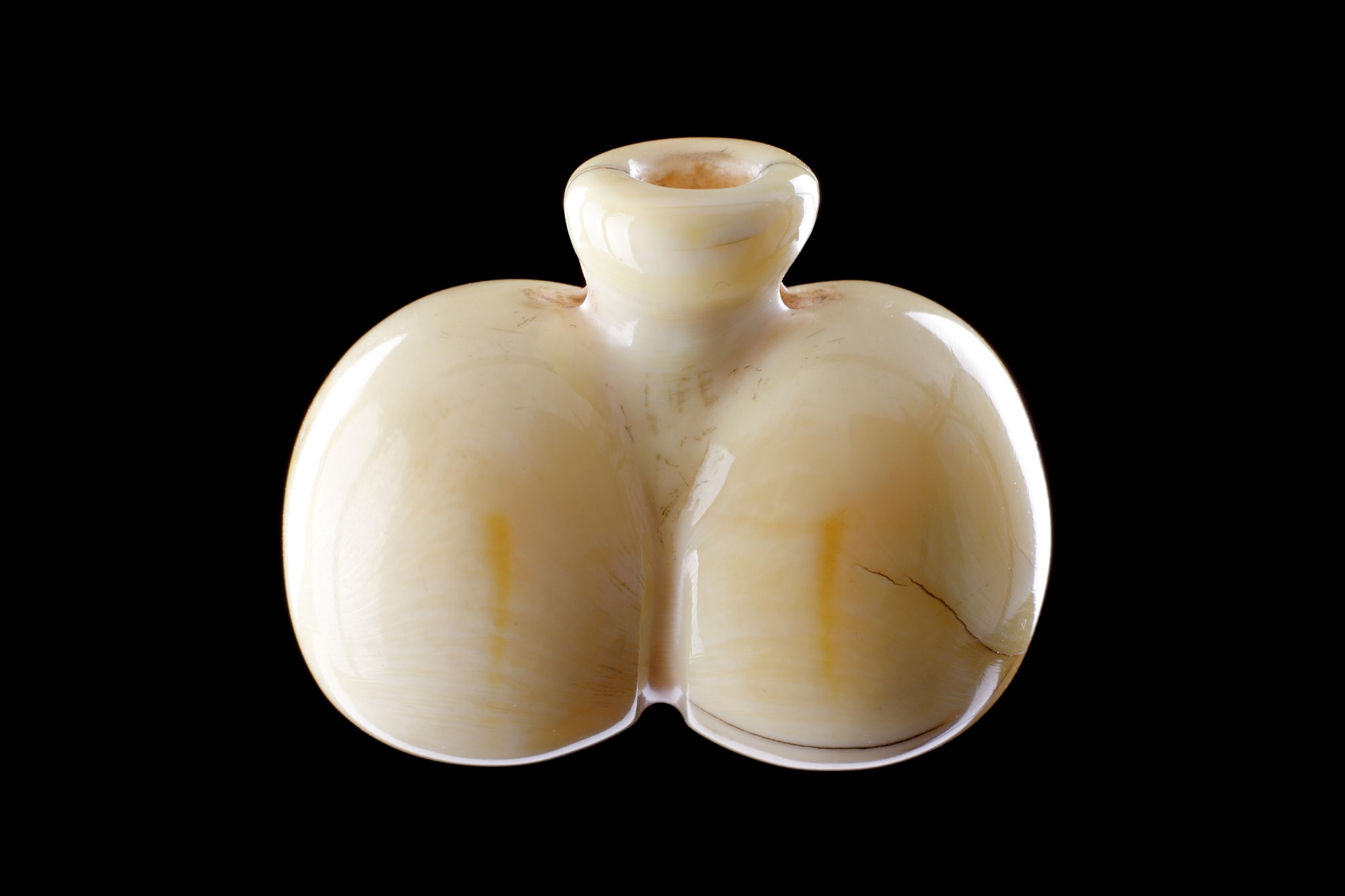

_T638572618957077014.jpg?width=500&height=500&mode=pad&scale=both&qlt=90&format=jpg)
